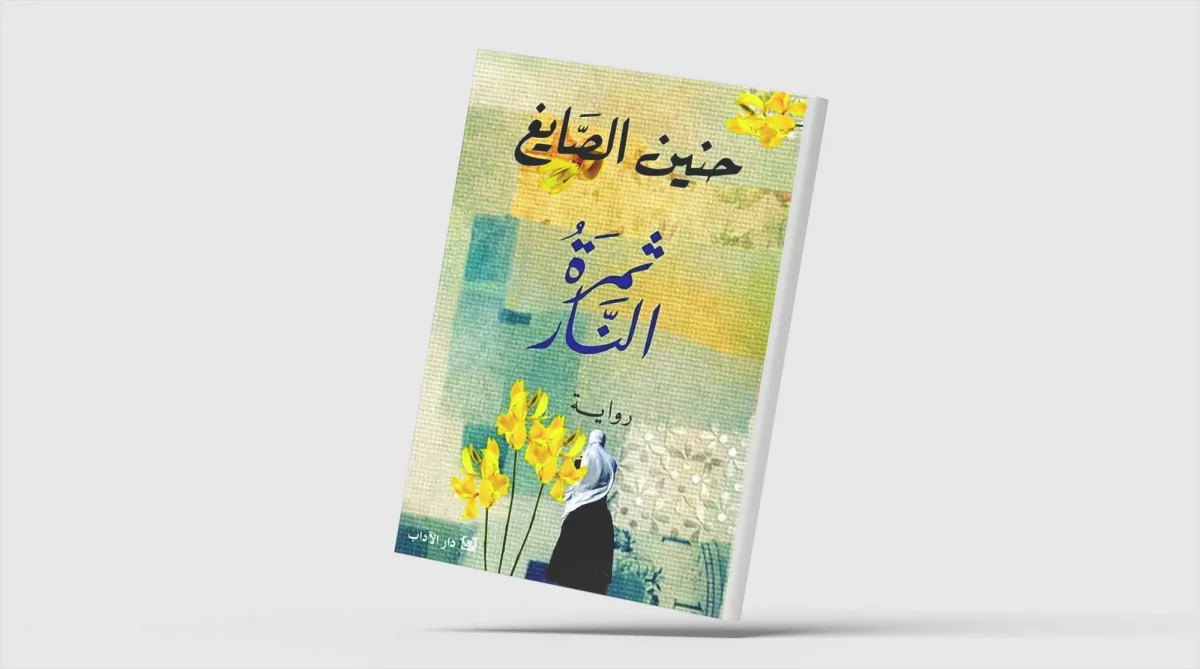Introduction to Dr. Ahmed al-Saeed
Dr. Ahmed al-Saeed is a renowned Egyptian researcher, translator, and editor who has been instrumental in bridging the gap between Chinese and Arabic cultures. His recent book, "China from Inside", offers a unique perspective on the Asian giant, moving beyond the usual fascination with its economic miracle. In this book, Dr. al-Saeed presents China as a country with great achievements, realistic challenges, and deep cultural and intellectual roots.
The Motivation Behind "China from Inside"
Dr. al-Saeed’s motivation for writing "China from Inside" stemmed from a sense of responsibility and fear. After spending over a quarter of a century studying and working with China, he felt that his experience should be shared with the Arab reader. He wanted to present a balanced view of China, without praise or deliberate distortion, and to highlight the country’s cultural and intellectual heritage.
A Comparison with "My Years in China"
Dr. al-Saeed’s book "China from Inside" is distinct from his earlier work, "My Years in China". While "My Years in China" was a personal and impressionistic account, "China from Inside" is a more mature and thoughtful work that attempts to read China’s deep structure. Dr. al-Saeed wrote and rewrote the book multiple times, seeking to find a medium-sized language that combined the depth of a researcher with the storytelling ability of a novelist.
The Curiosity of Chinese Culture
Chinese culture is often seen as curious and enigmatic, with a long history of continuity and change. The Chinese person is polite and gentle, but also cautious and reserved, due to a long history of invasion and external interference. Dr. al-Saeed believes that this caution is not cruel in nature, but rather a result of historical experience.
Misunderstandings between Arab and Chinese Cultures
There are several points of misunderstanding between Arab and Chinese cultures. Many Arabs reduce China to its economic power, without considering its system of values and old philosophy. China’s reading of Arab culture is also limited, with a romanticized picture of Arabs as generous and poetic, or a negative picture influenced by Western media. Dr. al-Saeed believes that the truth lies between these two pictures, and that Chinese intellectuals and researchers know more about the Arab world than the general public.
Dr. al-Saeed’s Story with the Chinese Language
Dr. al-Saeed’s story with the Chinese language began by chance, when he joined the Chinese department at Al-Azhar University. He continued to study and work with the language, eventually becoming a translator and editor. The Chinese language has had a profound impact on Dr. al-Saeed’s thinking, teaching him patience and accuracy, and forming his thoughts anew.
The Role of a Translator
As a translator, Dr. al-Saeed seeks to find texts that can serve as a bridge between cultures. He looks for work that opens a new window, whether it is a complex text that shows a new dimension in Chinese thought, or a literary text that reflects common humanity. Dr. al-Saeed believes that translation is not a trade, but a civilized responsibility, and that the translator is a messenger between two cultures.
The Translation Movement between Arab and Chinese Cultures
The translation movement between Arab and Chinese cultures is still limited, with seasonal efforts and a lack of long-term strategic projects. Dr. al-Saeed believes that what is needed is a new "House of Wisdom", similar to the one founded in the Abbasid era, which can translate, explain, and integrate texts into the social structure.
Contemporary Arab Literature in Chinese Culture
Contemporary Arab literature is almost unknown in Chinese culture, with only a few authors like Naguib Mahfouz, Mahmoud Darwish, and Adonis being recognized. Dr. al-Saeed believes that literature can destroy stereotypes and show a person’s weakness and strength, away from politics and propaganda. He sees the transfer of Arabic literature to China as a need, rather than a luxury, in order to formulate a balanced relationship between the two peoples.
The Vision behind the "House of Wisdom"
The "House of Wisdom" is not just a publisher, but an attempt to build an institutional bridge between Arab and Chinese cultures. Dr. al-Saeed has published over 1,000 books in cooperation with dozens of translators, and has collected over 130 translators who work towards a common vision. His vision is to create a complete life cycle for texts, from printed book to digital version, audio recording, and visual content, and to participate in universities and cultural media.
Passion for Translation and Publishing
Dr. al-Saeed’s passion for translation and publishing is evident in his work. He sees translation as a solitary adventure, where he can search for words and illuminate texts. Publishing, on the other hand, is a collective work that requires quick decisions and risk-taking. Dr. al-Saeed believes that the two professions are intertwined, and that the text without publication is like an orphan, while publication without responsible texts turns into an empty machine.
A Title of Appreciation and Reservation
Dr. al-Saeed has been called the "Marco Polo of Arabs" by the Chinese newspaper "Al-Shaab", a title that makes him happy but also reserved. He believes that the title reflects an estimate, but does not summarize him, and that he prefers to be seen as an extension of Ibn Battuta, the Arab traveler who drew the real maps of the "Silk Road". Dr. al-Saeed wants to be a new son of Battuta, persevering and traveling between meanings and cultures, and fulfilling his Arab roots.

